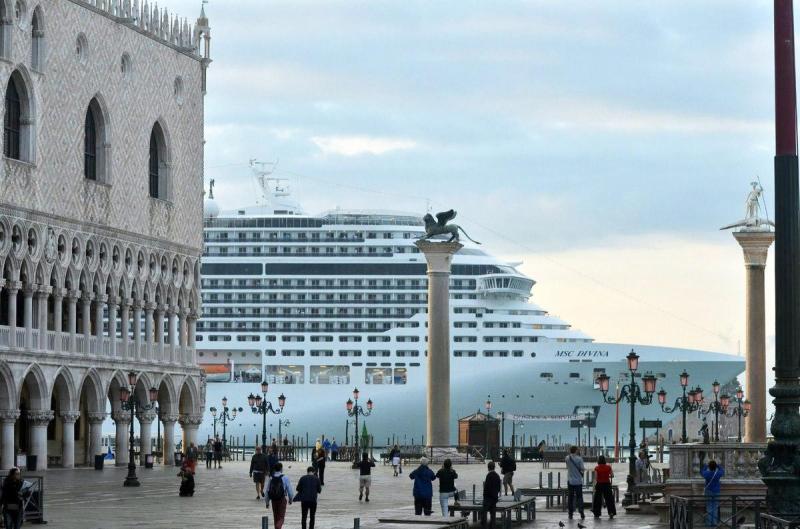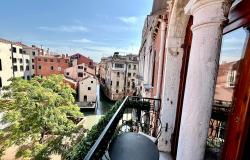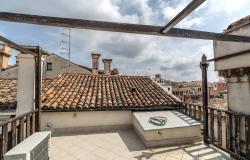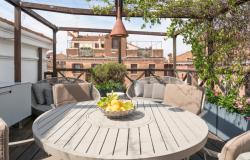If you only read the titles, then it sounds like good news: ‘Large cruise ships banned from Venice city center’, many websites are reporting. Well, maybe – the ban is not immediate, and, in the four years that it would take for the ‘ban’ to be implemented, things could change, as they have in the past. But, first and foremost, the ‘ban’ does not solve the issue that is at the core of the years-long debate over the impact of big cruise ships in Venice: it does not keep them out of the lagoon.
On November 7, the Italian government announced a plan to divert cruise ships weighing more than 96,000 tons away from St. Mark’s basin and the Giudecca Canal, Venice’s historic heart, and to have them enter instead through a nearby canal (Malamocco) to reach Marghera, on the mainland, where a passenger port would be built. The medium-size ships, those between 55,000 and 96,000 tons, would continue past Marghera through the Vittorio Emanuele canal to reach the Marittima cruise terminal, where all ships dock today; and the smaller ships (less than 55,000 tons) would continue to pass through the Giudecca canal and dock at the Marittima terminal as well (more convenient to Venice’s historic center).
Government officials hail the plan as a good compromise solution, which would alleviate the impact of the cruise ships on the lagoon, while maintaining the jobs and revenues associated with the cruise ship industry in Venice.
The No Big Ships Committee, which for years has opposed the presence of the cruise ships in the Venetian lagoon, has a different stance: first of all, it says, it does not really solve the core of the issue, which is to keep the cruise ships out of the lagoon because they cause serious damage to the lagoon’s fragile ecosystem and foundation, they heavily pollute the air and the sea, they are noisy, and churn out thousands of passengers in a city that is struggling to find ways to cope with mass tourism.
The new plan, which Italy’s Transport and Infrastructure Minister Graziano del Rio has described as “the definitive solution from the government, based on very serious studies,” would take four years to be implemented, government officials said, a time during which the proposed measures, opponents say, could be changed or abandoned, as it has happened in the past with other plans.
There are logistical issues to be considered as well: besides the quays that are yet to be built in Marghera, the new passenger port that would accommodate the larger cruise ships, the area will need to be equipped with terminals to receive the crowds disembarking from the ships (up to 5,000 passengers and crew from each vessel), who would then need transportation to Venice’s historic center via buses and boats. Incidentally, the Marghera port would be able to accommodate even larger ships, which are likely to be built because they are more profitable.
The No Big Ships Committee also points out that an environmental impact study has yet to be commissioned to evaluate if digging the Vittorio Emanuele canal by two meters to allow for the passage of the medium-size ships is feasible.
An unofficial referendum held in June asked Venetians whether or not large cruise ships should be banned entirely from the lagoon; 99 percent of those who voted (18,000 people) were in favor of banning.
Commenting on the plan, a spokesman for the No Big Ships Committee said, “There’s no real solution yet.”














